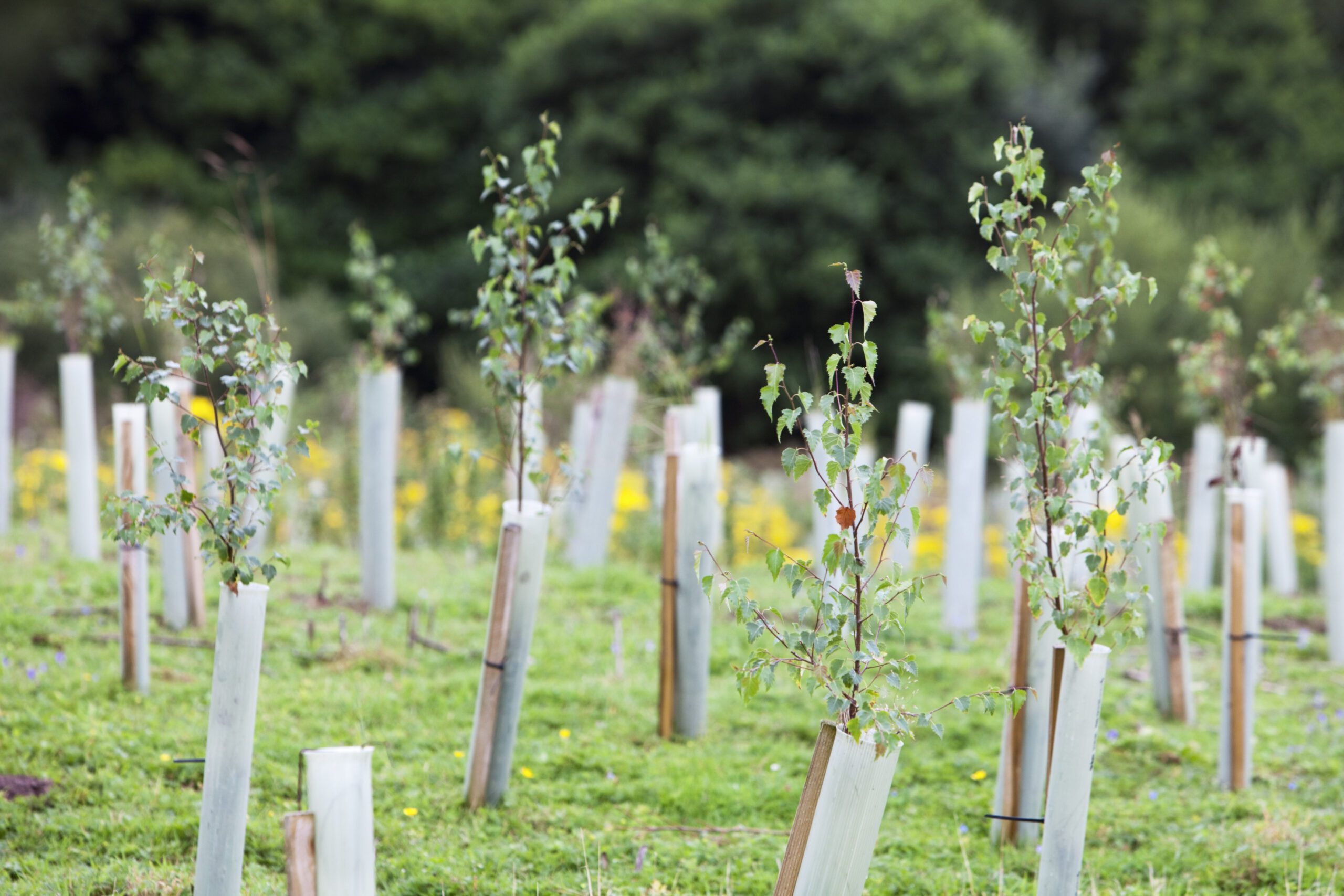How a Tree Grows: From Seed to Forest
Trees are among nature’s most vital resources, supporting biodiversity, improving air quality, and combating climate change. Understanding the life cycle of a tree helps highlight the importance of tree planting initiatives and eco-friendly projects that preserve our planet.
The Stages of a Tree’s Life Cycle
1. Seed Germination
Every tree begins as a seed, waiting for the right conditions to sprout. Seeds require moisture, warmth, and soil to start growing.
- Key Impact: Germination marks the start of carbon absorption and oxygen production.
- Example: Acorns from oak trees can grow into towering oaks, supporting wildlife for centuries.
Learn more about germination at The Woodland Trust.
2. Seedling Development
Once the seed sprouts, it develops into a seedling with roots and shoots. At this stage, the tree begins absorbing nutrients and sunlight to fuel its growth.
- Key Benefit: Seedlings stabilise soil and prevent erosion.
- Focus: Tree planting projects in Leicester support early growth stages to create healthy ecosystems.
Growth and Maturity
3. Sapling Growth
A sapling is a young tree that continues to grow taller and stronger. It develops thicker bark and a wider canopy.
- Key Impact: Provides shade and absorbs more carbon dioxide as it grows.
- Example: Fast-growing trees like willows can reach maturity quickly, making them ideal for eco-friendly projects.
4. Mature Tree
Once fully grown, a tree provides maximum benefits to the environment. Mature trees offer shelter for wildlife, improve air quality, and store carbon.
- Key Benefit: Large trees absorb hundreds of pounds of carbon dioxide each year.
- Contribution: Support local reforestation efforts to maintain mature trees in urban areas.
Decline and Renewal
5. Old Age and Decay
Over time, trees age and begin to decay. However, even in decline, trees play an important role in ecosystems.
- Key Benefit: Deadwood supports fungi, insects, and birds, contributing to biodiversity.
- Focus: Sustainable forestry promotes planting new trees to replace older ones.
Why Tree Planting Initiatives Matter
Tree planting initiatives not only sustain forests but also combat climate change and improve biodiversity. By supporting eco-friendly projects and environmental charities, we can ensure forests continue to thrive.
- How to Get Involved:
- Donate to environmental charities supporting reforestation.
- Participate in local events, such as tree planting projects in Leicester.
- Advocate for climate change action to protect green spaces.
Discover more about these initiatives at EcoClicks.
The Role of Trees in Climate Change Action
- Absorbing Carbon: Trees act as carbon sinks, storing harmful emissions.
- Restoring Ecosystems: They protect habitats and reduce soil erosion.
- Supporting Urban Green Spaces: Urban tree planting improves air quality and reduces heat.
Conclusion
From seed to forest, the life cycle of a tree demonstrates its importance in sustaining ecosystems and combating climate change. Supporting tree planting initiatives and eco-friendly projects ensures forests continue to grow, providing a healthier planet for future generations.
Want to make a difference? Visit EcoClicks.co.uk to support reforestation projects and contribute to creating sustainable forests today.

